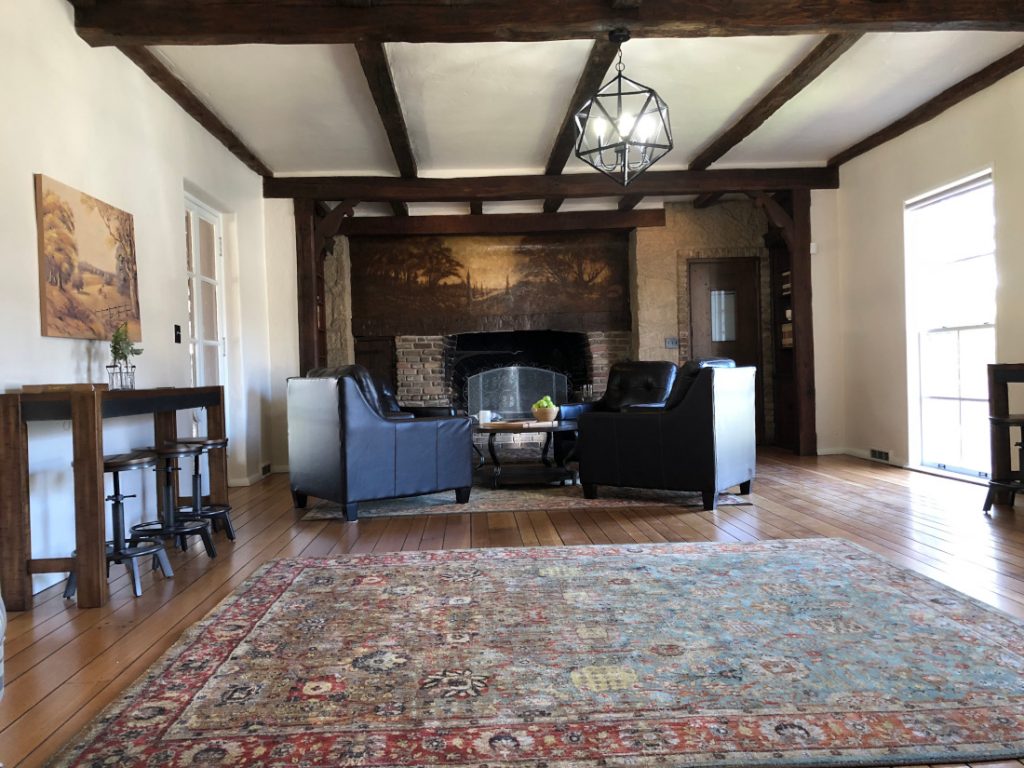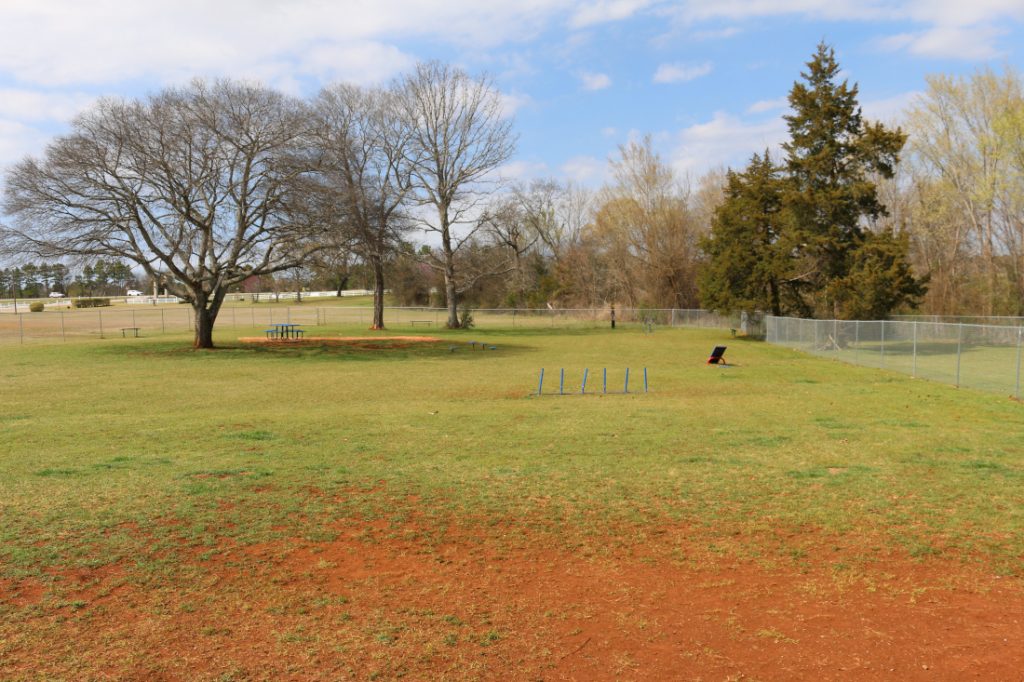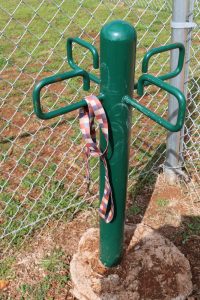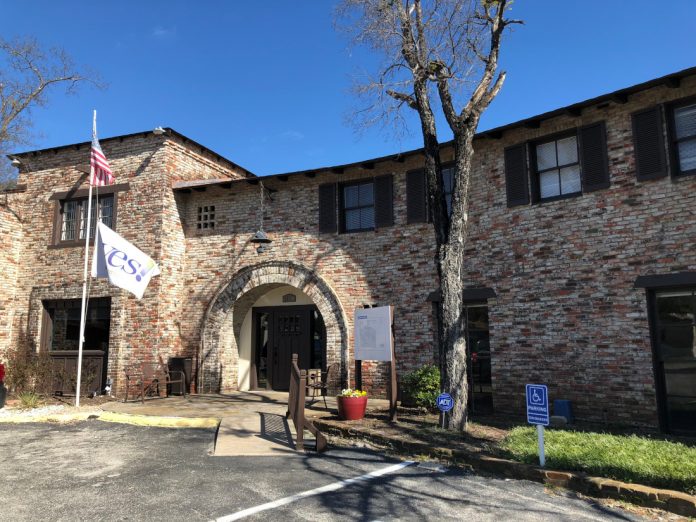What is your “me”?
That’s a question this Lifestylist was asked at a recent design summit, which made me rethink our industry and culture. How we approach our businesses, especially how we build and develop land-lease communities, is changing at a rapid pace. Are we keeping up with our buyers’ expectations?
“Adapt. Evolve. Or Become Extinct” is a great quote I heard years ago, which seems very relevant today.
Create an Experience, Sell a Lifestyle
As I write this, I am contacted by a friend who wants a second home in Florida and is open to a modular home, but has no interest in living in a “trailer park”. Last year, there were over 700,000 new millennial households created. Are we an industry, or lifestyle, that they are considering — or is their perception of our industry too negative?
Signature Kitchen Suite, the new luxury brand of LG Electronics, has done a brilliant job of setting itself apart from the competition by branding itself as “True To Food”. Simple, but immediately lets you know that the company is serious about the culinary experience.
Design expert and speaker LuAnn Nigara explained that the company has a “You, not a Business” and that the message is very personal. Can you say the same about your brand and your community?
Buyers today are more interested in experiences than things. They don’t ask for technology in their homes — they expect to have technology in their homes because it always has been part of their lives. They are conditioned for immediate gratification. Pretty much anything they want they can order on Amazon and it will be there tomorrow. Even the definition of luxury has changed — they want to experience luxury instead of owning it.
So, as an industry, are we selling a product or offering an experience? We have an incredible opportunity in front of us for growth. Here are five ways to build in the experience consumers want from your communities.
Consumer Experience in Five Points

Find Your “Me”: What’s Your Story?
Today’s new buyers are storytellers — they love to share their experiences on social media. We all are looking for what makes us “me”, and how that makes us interesting and has people wanting to learn more.
One of my favorite examples is Sleepy Hollow, a YES! Community in Fort Worth, Texas. It has a wonderful location just minutes from downtown, centuries-old trees, and a huge old estate home used as a clubhouse. The owners decided to do some digging and found out the history. They were delighted that famous architect Charles Dilbeck built the home. His signature architecture and the details he is known for were alive and well, just covered over or underused. There were rumors that the house was haunted, too. And instead of running from that myth, they embraced it, made renovations and updated the community.
The clubhouse became more of a shared space residents could use and be proud of. The original art was restored, and every Halloween they have a spooky party that residents and neighbors alike beg to get invited to! Potential residents not only get leasing information and costs when they visit, but are treated to the rich history of the community they will be calling home.

Dog Parks

Animal lovers take the welfare of their pets as seriously as they do their own, and they love to have their four-legged family members make friends in their new communities. A fenced area with some benches, relief stations, and access to water are inexpensive ways to add value and community in underutilized spaces. It’s also a great way to encourage residents not to let their animals run free through your community.
What’s in a Name? Everything!
Rolling Hills in Battle Creek, Mich., changed its name to The Community of Rolling Hills, and it truly is a community — beautiful entryway, clubhouse and pool. It is selling the lifestyle and community, not the fact that the homes were brought there on wheels.
Community Gardens/Garden Clubs
We all know that first impressions are everything. Why not let your residents with a green thumb help with the landscaping and gardens at your community? The Community of Rolling Hills also has a community garden where residents can plant vegetables and share them. It’s a treat to go into the clubhouse and be gifted with fresh-picked tomatoes and cucumbers.
Technology and Social Media
Our kids are more tech-savvy than most of us will ever be. Why not reward them for their knowledge and invite them to help others in the community set up social media accounts and answer their technology questions? Encouraging them to be a part of the community, instead of looking down on them for driving too fast or leaving their bikes out front, can be a great way to help them take pride in where they live.
Is this a mindset worth embracing in your community? Award-winning communities think so, and continue to look for ways to keep their residents connected.










